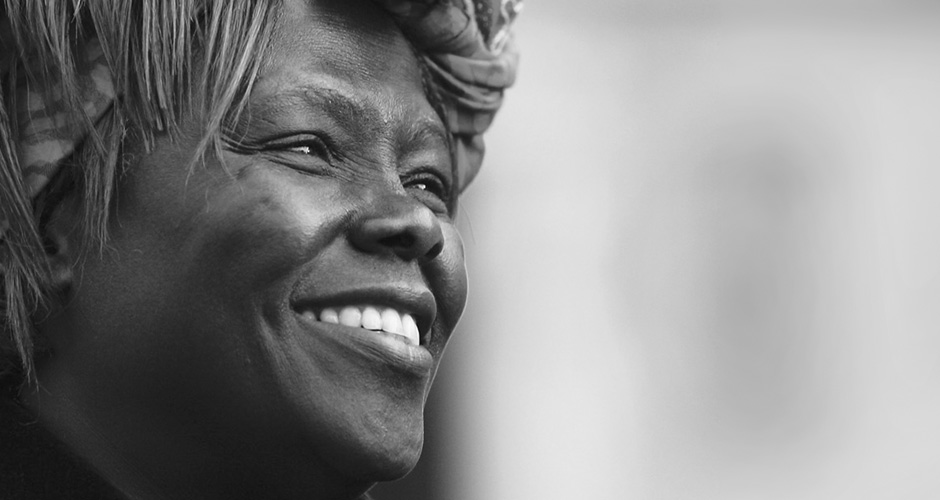In the late 1980s and 1990s, Wangari Maathai extended Green Belt Movement’s efforts towards advocacy of democracy, against corruption and against environmental abuse such as campaigning to preserve public land. GBM advocates for democracy. and a responsible Kenyan government that serves the country, thinking about the best interest of the people. GBM and Professor Mathaai have called for, time and time again, an end to land grabbing, deforestation and corruption.
Stopping the construction of building in Uhuru Park

Imgsrc: Imgsrc: http://www.businessdailyafrica.com/Chicago-real-estate-firm-ranks-Nairobi-tenth-on-global-list/539552-2086604-p0vdlm/index.html
In 1989, Mathaai learned that the government was going to used a part of the public space of the park to build a 62-storey skyscraper which would also be the headquarters for the ruling party of autocratic leader, Daniel arap Moi.
Uhuru Park is a recreational park, situated in the central business district area of Nairobi, Kenya. Wangari Maathai understood the importance of preserving urban spaces that can improve the environmental conditions in the cities such as ambient heat, pollution and greenhouse gases.
She wrote in to many relevant departments to protest such as the Office of President and the executive directors of UNEP and the Environment Liaison Centre International. She even reached out to the British high comissoner in Nairobi to intervene with the major British shareholder in the project.
The government refused to respond to her inquiries and protest but instead through the media with insults. She was denounced by the President and insulted by the government with Moi retaliating her opposition, calling her a “crazy woman” and saying that it was “un-African and unimaginable for a woman to challenge or oppose men”. The government also forced the Green Belt Movement and Professor Mathaai to vacate the office.
However, the negative publicity in media coverage and the government response to the opposition led to foreign investors cancelling the project.
Preventing the sales of Karura Forest

https://news.mongabay.com/2015/04/kenyas-karura-forest-symbol-of-greenbelt-movement-suffering-death-by-1000-cuts/
In the late 1990s, the government wanted to sell of parts of the Karura Forest to build luxury housing. Karura Forest is an urban 2500 acre forest located in Nairobi. This would be a threat to the ecosystem of Karura which is greatly responsible for the air in Nairobi.
Professor Maathai mobilised the GBM to campaign against the clearing of the land when developers had began clearing parts of the forest.
She wrote a letter to the attorney general to stop destruction and notified the media. The press published the photos of cleared section of the forests on the front page of the Daily Nation newspaper.
Professor Mathaai and GBM had attempted to plant trees in order to reclaim the forest. However they were being attacked by a group of young men and the trees and the trees they planted were also uprooted. They were also denied access into their nursery in the forest by the police. Later on they also faced with a violent attack from the guards of the forests and resulting in a bloody fight.
This campaign received international attention and had received the support from the United Nations Environment Programme.
On August 1999. allocation of the public land was banned and logging within the forest went on until a new government was elected in 2002, forming a partnership to restore the Karura Forest.
<First campaign Violence from the government>


